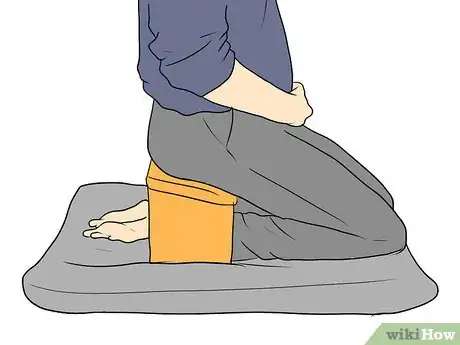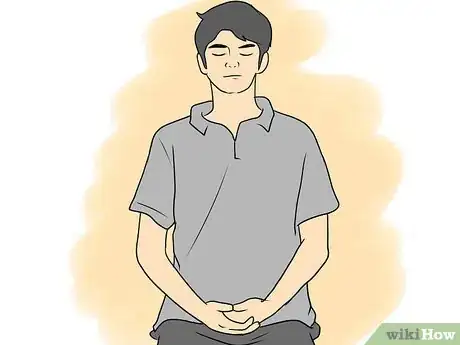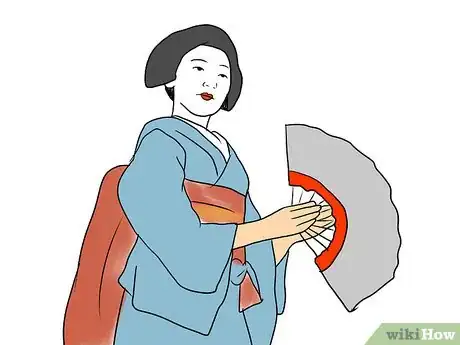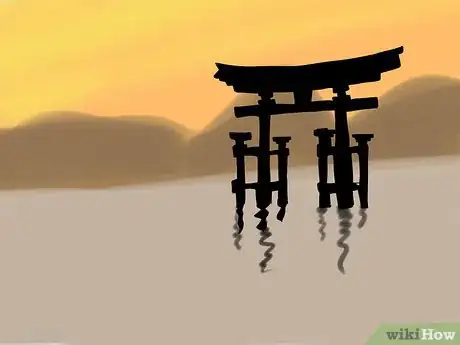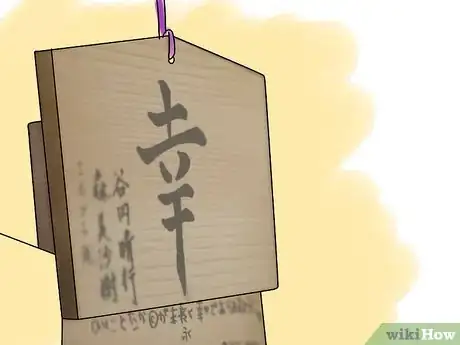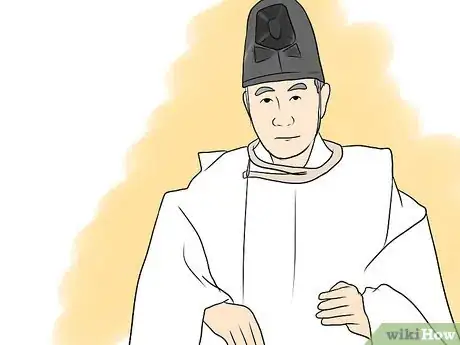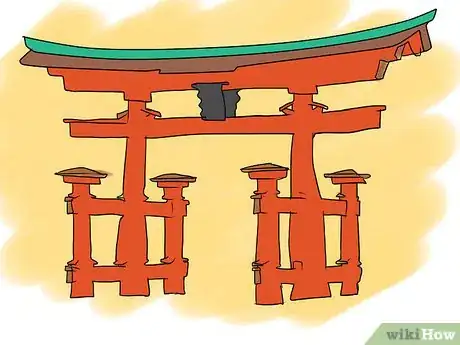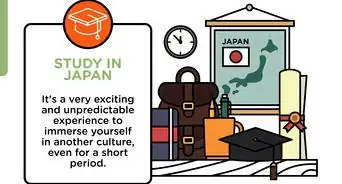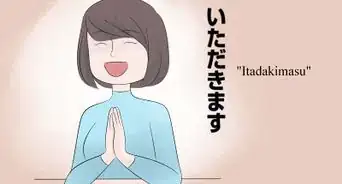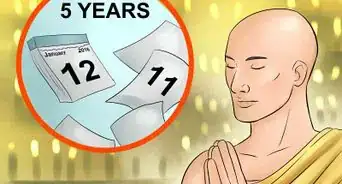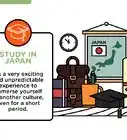X
wikiHow is a “wiki,” similar to Wikipedia, which means that many of our articles are co-written by multiple authors. To create this article, 9 people, some anonymous, worked to edit and improve it over time.
This article has been viewed 41,258 times.
Learn more...
Shinto is the original faith of the indigenous Japanese, involving the worship of various Gods, Spirits and demons called Kami. Shintoism is rare outside Japan though it is gaining popularity outside Japan in some countries. For those who wish to devote themselves to Shintoism and become priests, here is a guide.
Steps
-
1To become a Shinto priest one must have the physical abilities. Shinto priests sit in a position known as seiza (sitting position with your legs folded beneath you). You will have to be able to move into and out of this position with ease and more importantly dignity.
-
2Endurance. You will need to be able to sit in this position for extended periods of time. You must be able to learn and do very complicated, demanding physical movements and you must do them in a very dignified manner for extended periods of time.Advertisement
-
3It necessary to have a high level of physical grace, balance and physical/motor control. Some study in Odori or Budo might be helpful. Other forms of martial arts will all help as well.
-
4If you intend on becoming a priest in the West then the Japanese language is not necessary, though it might be worth while to do so. If in Japan it is a must, fluently too. Knowledge of Japanese and Shinto history is a plus, though not necessary. Reading some of these texts is advisable.
- Kojiki by O No Yasamaro
- Nihongi or Nihon Shoki-history of Japan
- Yengishiki-a book on Shinto rituals. some times called Engishiki
-
5Find and apply to a Shinto educational centre. Nearly all are in Japan though some shrines do have education programs. If a westerner, attend your local shrine's educational program as it is extremely expensive to join a course in Japan excluding living/travelling costs.
-
6Depending on your choice you will either be in a full-time university level program in Japan, a Jinja based training program or a correspondence program.
- Full-time University Level Program in Japan. If you made this choice you have likely quit your regular job, got your visa and moved to Japan. Forget about having a job outside of school. This program choice likely means that you will be in class most of the day 6 days a week. You will need to have enough money saved up head of time to cover tuition, books, materials, lodging and for a year or two (depending on the program).
- Long Term Program in Japan Estimated Cost Breakdown (very speculative):
- Airfare to Japan and back $1,000
- Lodging for one year $12,000
- Food for one year $6,000
- Tuition $10,000
- Books and materials $1,000
- Train/transportation for one year $1,000
- Miscellaneous $1,000
- Miscellaneous $1,000
- Total $33,000
-
7Jinja Based Training. As mentioned before, you would already need to have a long established relationship with the Jinja in question before being allowed to take their training program. So while the program itself may be short, it may take a few years of being associated with the Jinja to be allowed into the training program. The program through the Konpira Jinja in Shikoku is what will be discussed as an example here. The program is comprised of a minimum of two five-day long sessions held a year apart. The interim year is intended to by used by the student to go back to their home jinja and practice what was taught during the first five-day session. The program is held annually (generally May 13th through the 17th). The course curriculum varies from year to year and may include instruction on different ceremonies, cultural lectures, and courses on Norito composition, dressing in ceremonial wear, reciting prayers and lectures on ancient text. Be prepared to sit for long periods in seiza and get much practice kneeling. You receive points for attendance and performance in ceremonies and on tests, and these points are used as the basis for awarding licenses. Preparation and a patient attitude are the key. According to Rev. Caitlin Stronell of the Asakawa Konpira Jinja, in most cases, one attends the program, goes back to their home shrine to practice what they have learned and then attends the program again the following year before receiving a priest's license. However, she says, there is no guarantee that you will receive a license as it is a bit subjective.
- Jinja Based Training (very speculative):
- Airfare to Japan and back based on two trips $2,000
- Lodging for one week based on two trips $1,400
- Food for one week based on two trips $800
- Tuition based on two trips $2,000
- Books and materials $1,000
- Train/transportation for one week based on two trips $400
- Miscellaneous $1,400
- Total $9,000
- Rev. Patricia Ormsby of the Konpira Jinja had this to add relating to the financial considerations. "In the case of Kompira, lodging is on shrine grounds and is economical. For me, the package, including room, board, tuition, shinkansen/express trains, and minor materials (not including purchasing hakama, kimonos, ceremonial vestments, etc., which are on sale there) and other costs, ran about $600 for each of the first two years. If you come into Kansai Airport, the trains will be less, so that would be about $500. But you may need to add a couple of days at hotels plus food on those days. In addition, you will want to bring a donation from your shrine--however much they feel they can spare, but typically $100 or so, and many make gifts to the shrine of sake, rice, etc., especially if it is their town's specialty. Such gifts appear to be discretionary. The total will probably be closer to $5000."
- Please note that the donation that Rev. Ormsby mentions will vary from program to program and may be substantially more.
-
8Correspondence Course. The information here is based on the correspondence course information provided by Irene Takizawa on the ShintoML Yahoo Group. This would entail no less than 6 trips to Japan over the course of two years. However, depending on your employer's time away from work policies, you would not need to quit your job. To be safe, we'll say that seven trips to Japan will be needed.
- Correspondence Course Estimated Cost Breakdown (very speculative):
- Airfare to Japan and back based on seven trips $7,000
- Lodging for one week based on seven trips $4,900
- Food for one week based on seven trips $2,100
- Tuition $6,000
- Books and materials $1,000
- Train/transportation based on seven trips $1,400
- Miscellaneous based on seven trips $1,600
- Total $24,000
-
9If in Japan then it should be easy to find a position at a Shinto shrine somewhere. It should also be easy in the west if you took a shrine based educational program as you will already be in the Shinto priesthood circles and a position in the priesthood at the shrine you trained at will probably be available.
-
10Finally there is the possibility of setting up your own Shinto shrine, by yourself or backed by a parent shrine, like the one you studied at.
Advertisement
References
- Thanks to http://community.livejournal.com/shintoism/31904.html for the three courses sections (the big bits in the middle).
About This Article
Advertisement
